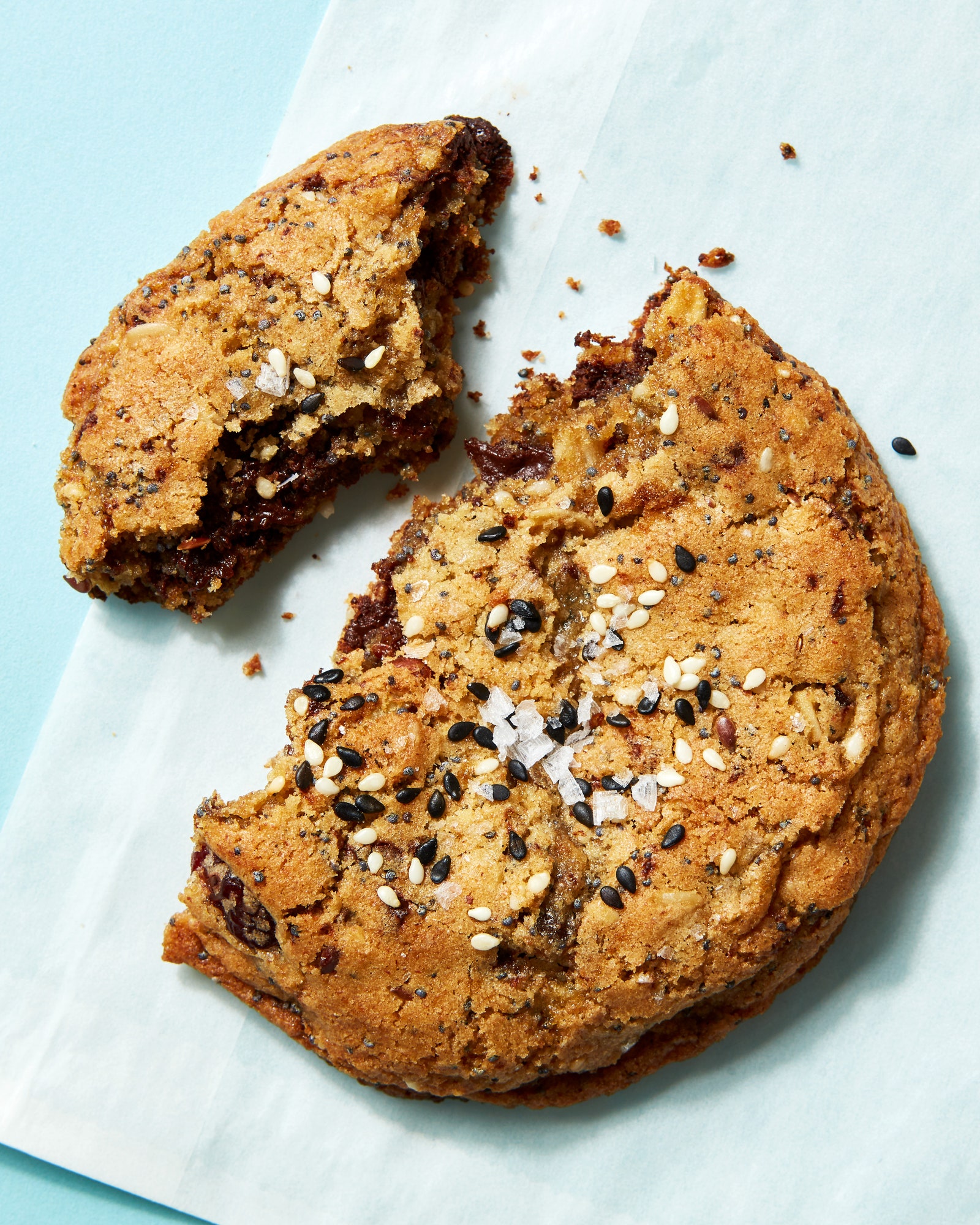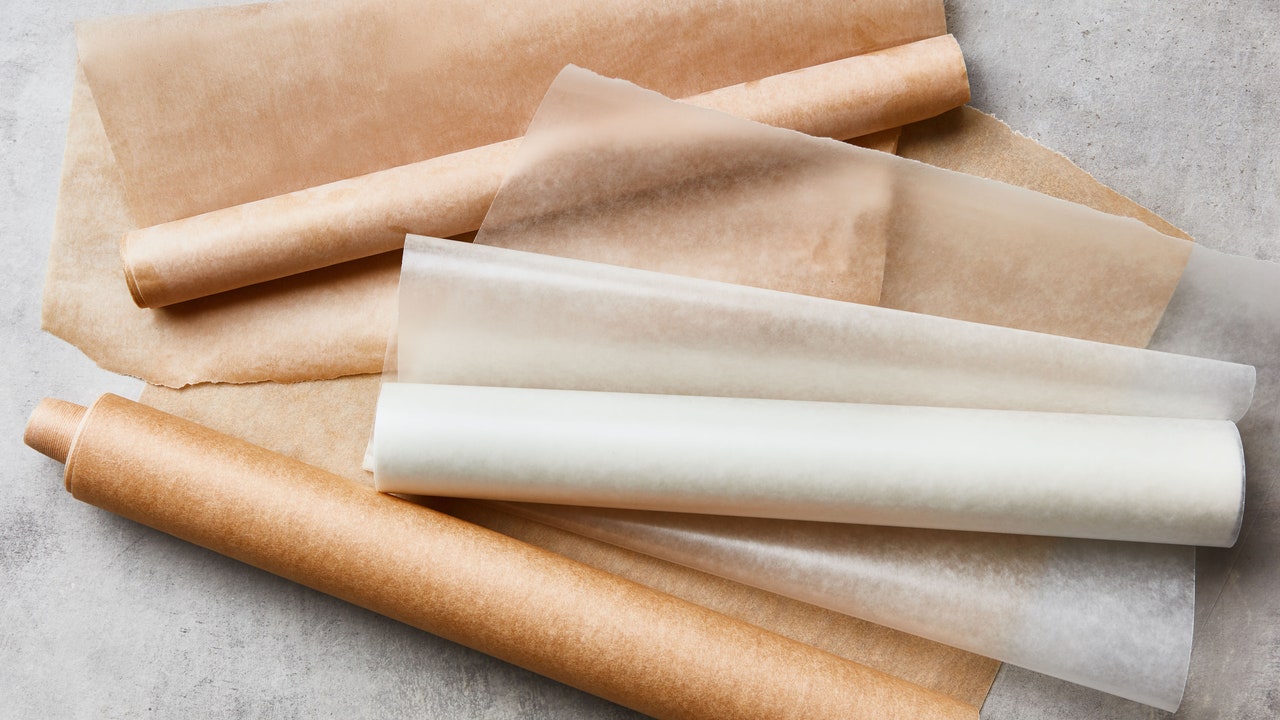Does Wax Paper Have a Purpose—Or Is It Just Taking Up Space?
Wax Paper: Is It Still Relevant in Today's Kitchen?
In a 1985 issue of The New York Times, writer Marian Burros discussed the evolution of paper products in the kitchen. Parchment paper, once considered a luxury item, had become more accessible, while wax paper was being replaced by plastic wrap. The question arises: does wax paper still have a place in modern kitchens?
Wax Paper vs. Parchment Paper
While parchment paper can withstand high temperatures, wax paper should not be used in the oven. However, it can be used to line cake pans. Wax paper has a history of being used for packaging and freshness preservation, but advancements in parchment paper have led to comparable alternatives.

Early parchment paper and wax paper served similar purposes in packaging and shipping. Wax paper's moisture-wicking properties made it useful for various food items. Manufacturers began developing parchment paper with similar qualities to wax paper, leading to its increased popularity.
Do You Need Both?
While silicone-coated parchment paper can replace wax paper in most cases, some still prefer wax paper for its malleability and affordability. However, parchment paper's reusability and compostable nature make it a more sustainable choice in the long run.
Alternative eco-friendly options like beeswax wraps have also gained popularity, offering a more sustainable choice for food storage.
Overall, wax paper's relevance in modern kitchens is questionable. While some still find it useful for specific tasks, many professionals prefer parchment paper for its versatility and sustainability.
Whether wax paper still has a purpose in cooking may be debatable, but it remains a staple in crafting projects and art endeavors.
